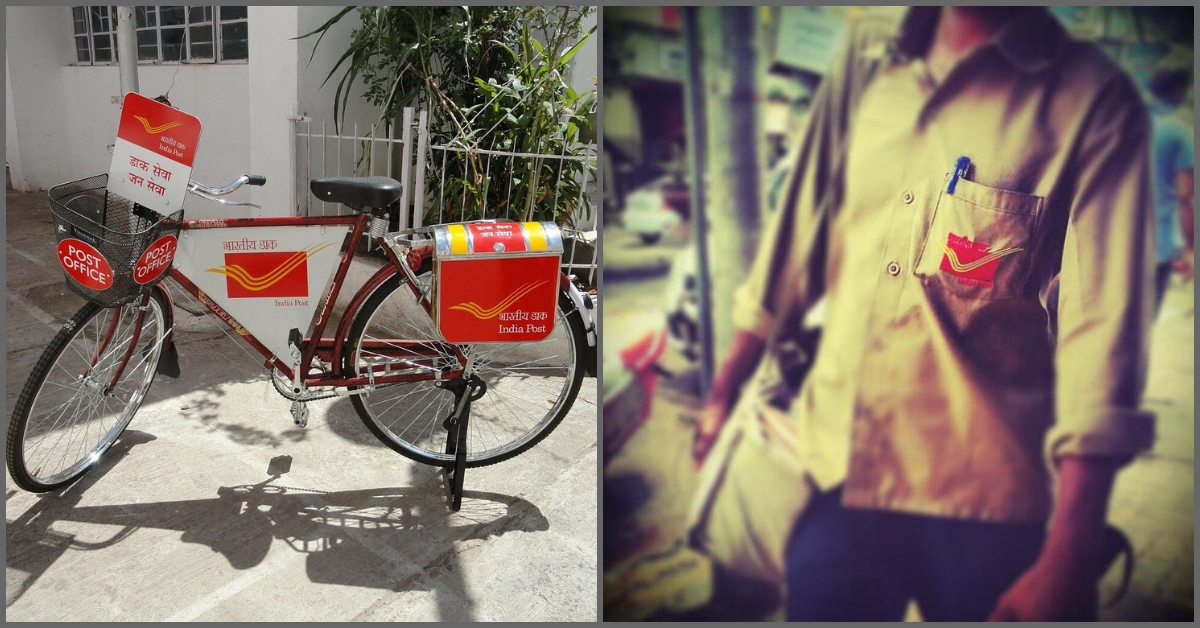How a Postman United a Woman With her Family 3 Years After She Went Missing
What worked magic is the interpersonal connect that the personnel from the Department of Posts share with families even today, more so in rural areas.

One summer evening, nearly three years ago, a woman from a remote area in the Madhubani district of Bihar “vanished” from her home. For the next few days, the hapless family ran from pillar to post to lodge a missing complaint with the police.
Nothing worked, and the family seemed resigned to the fate that they would never see her again.

Cut to April 2019.
Kameshwarji was going about his morning chores in his native village when a member of the Gramin Dak Sevak, the village-level tier of the Department of Posts, approached him with a faded photograph and a few unexpected queries about a woman living in a mental asylum, around a thousand kilometres away, in Agra.
Kameshwarji was stunned—the face staring blankly out of the faded photograph was indeed his sister, who had vanished from their family home three years ago!
Quick questions and answers followed.
Soon enough, the emotional brother managed to speak to a person in Agra, who confirmed the antecedents of his sister, and his little nephew, growing up in a government-run children’s home there.
How did this miracle happen?

Fitting together the pieces in the puzzle, Kameshwarji saw that the Department of Posts played the unlikely hero in this tearful family reunion. All they received from an NGO—a Child Rights and You (CRY) partner in Agra—was information about a woman who had been living in a mental asylum in Agra for the last two-plus years.
The family did not provide the exact details of her disappearance. However, when the Gautam Budhnagar Police found her, she was pregnant, could not recollect anything and did not appear stable. They took her to a mental asylum in Agra. In due course, she gave birth to a baby boy who was shifted to a children’s home.
One mission of CRY has always been to make common people discover their potential for action and change. The organisation aims to enable individuals and institutions encompassing diverse segments, to pledge their particular strengths and work in partnerships to secure, protect, and honour the rights of the children of our country.
The role played by the Department of Posts in this particular case is a testimony to this fact.
“During one of my routine visits to the children’s home, I chanced upon a baby. Further inquiries led me to this woman, a resident of the mental asylum. Upon knowing her background, I reached out to my contacts with the basic information and a photograph,” says Naresh Paras, coordinator of Mehfuz Surakshit Bachpan, a CRY partner working on child protection issues.
CRY passed on bits and pieces of information to a senior Indian Postal Service official based in Delhi, for help in locating the woman’s family in Bihar.
The Department of Posts had nothing to fall back on, except for the name of the district (Madhubani) and the woman’s husband’s name.
In a country as vast and as far-flung as India, this is hardly enough information to locate a family. But the postal network managed to pull this off in 48 hours!
What worked magic is the interpersonal connect that the personnel from the Department of Posts share with families even today, more so in rural areas. In the remotest of villages, the postman/woman doesn’t merely deliver letters. They are like an extended family member for every household, aware of their successes and celebrations as much as their troubles and difficulties.
This connection helped the Gramin Dak Sevak to trace Kameshwarji. The information about the woman was passed down the tiers of the postal network, along with her photograph. It was ultimately left to the members of the village-tier to do the groundwork.
They spread word in neighbouring villages and went door-to-door, making inquiries. Several leads came in but most turned out to be false and baseless. But one seemed to hold promise.
Armed with the photograph and a handful of questions, the postman landed at Kameshwarji’s house. The rest, as they say, is history.
Moving away from the mush of a happy family reunion, what comes to light from this case is the plausible role that the Department of Posts can play in tracing “missing” people.
Did you know that 174 children go missing in the country every 24 hours? According to the National Crime Records Bureau data, 1,74,816 women and 1,44,811 men went missing in 2016.

These are just the number of cases where “official” complaints were lodged. There are many more that go unreported. Some people return, some are found, and others are deemed to be “lost” forever.
Wouldn’t it be wonderful if a mechanism is created whereby the Department of Posts can use its hitherto untapped potential to contribute to the process? By their wide reach, the postal network can help in word-of-mouth publicity and distribution of pamphlets about what people should do when somebody goes “missing”.
Also Read: Delhi Police Reunites 2930 Missing Children With Families in Just 5 Days! Here’s How
“There is definitely food for thought,” says Arkaja Das, assistant director-general, Indian Postal Service. She concludes, “People often don’t realise the tireless services put in by the postal network, each day, rain or shine. Our network is vast, and operations are manifold. But what adds a magical charm is the relationship that the personnel share with families even in this era of anonymity, especially in rural areas, where there are fewer households. It’s the interpersonal connect that came out a winner in this particular case.”
(Written by Trina Chakrabarti and edited by Shruti Singhal)
Like this story? Or have something to share?
Write to us: [email protected]
Connect with us on Facebook and Twitter.
If you found our stories insightful, informative, or even just enjoyable, we invite you to consider making a voluntary payment to support the work we do at The Better India. Your contribution helps us continue producing quality content that educates, inspires, and drives positive change.
Choose one of the payment options below for your contribution-
By paying for the stories you value, you directly contribute to sustaining our efforts focused on making a difference in the world. Together, let’s ensure that impactful stories continue to be told and shared, enriching lives and communities alike.
Thank you for your support. Here are some frequently asked questions you might find helpful to know why you are contributing?


This story made me
-
97
-
121
-
89
-
167











